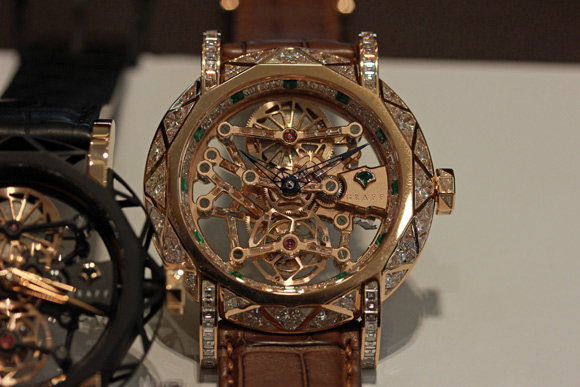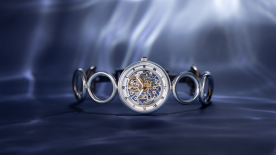Despite its numerous recent evolutions, the tourbillon remains a central complication in the field of contemporary watchmaking. Whether almost affordable or entirely out of reach, symbolically accurate or genuine instrument of timekeeping, it serves its initial purpose of improving the precision of the watches it equips, as well as proving the value of the brands that produce it.
Several models have brought with them dramatic price drops. In the latest episode of this downward spiral, TAG Heuer is working on a chronograph equipped with a tourbillon that is slated to retail at 15,000 Swiss francs – corresponding to around half the current cheapest version.
However, price is not the only parameter that defines a tourbillon. It is however the central element around which the movement, the design and even the name of the model are built. In these circumstances, it becomes a world in its own right comprising numerous variations and interpretations. Baselworld 2015 once again welcomed a series of new timepieces illustrating this diversity.
Hysek places the tourbillon centre stage. In this relatively rare configuration (there are barely more than five of this type), the Io Jumping Hours Tourbillon displays its flying carriage in the middle of the dial, framed by dragging minutes and jumping hours discs.
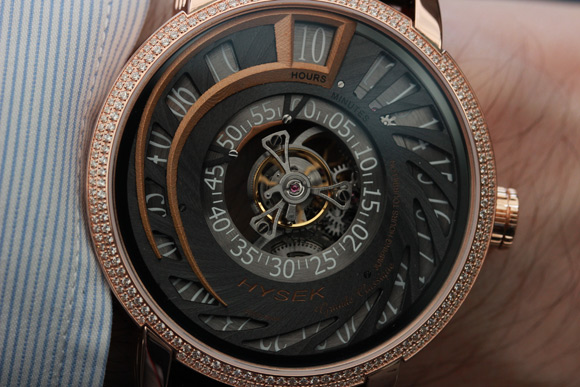
At Bulgari, it is almost invisible, immersed in the transparency dominating the dial of the Tourbillon Saphir Ultranero. Above and beyond its unusual face, this model asserts itself even more powerfully by its incredible case that is all about pillars, protruberances and ultra-powerful visible screws.
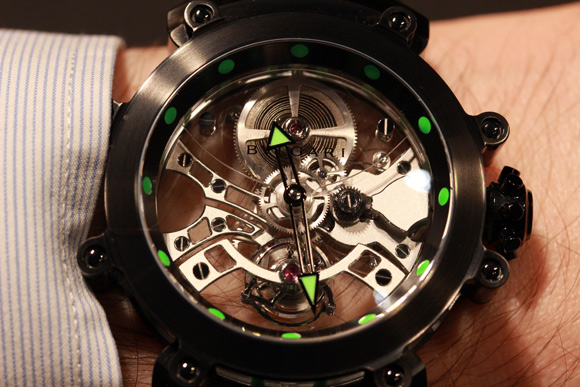
Girard-Perregaux also presented a full-black version of its Neo-Tourbillon with Three Bridges. On this model featuring a black DLC-coated titanium case, matt black bridges straddling a colossal inclined matt black inner bezel ring, along with gold hands and barrel, the tourbillon plays a discreet role serving to inspire a highly expressive overall architectural effect.
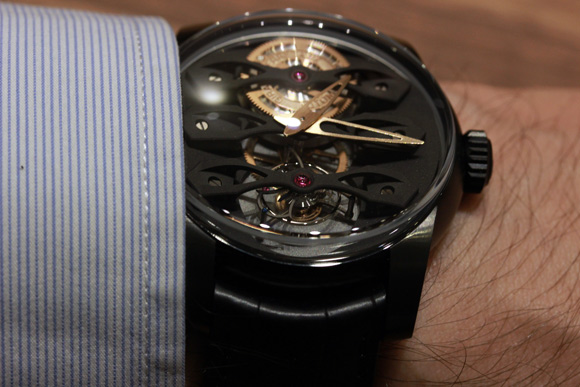
Conversely, Chopard opts for a fairly classical approach. Its modestly sized 40 mm L.U.C 1963 Tourbillon features a white Grand Feu enamel dial with a protruding tourbillon bridge. It nonetheless embodies a relatively modern interpretation compared with the rest of this elegant watch.
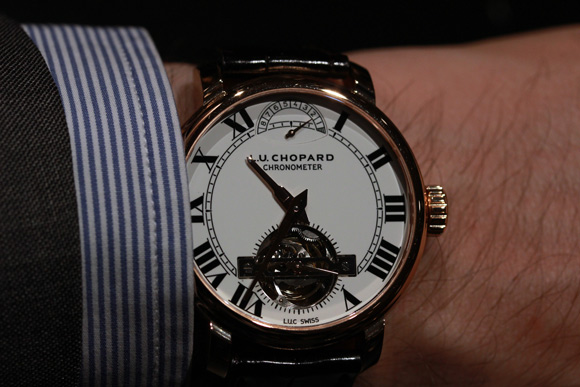
Moreover, this whole field is not merely about appearances, which are sometimes transcended by actual horological substance. That was no easy feat with the Histoire de Tourbillon 6 by Harry Winston. The design of this standout object highlights a triaxial tourbillon at 7 o’clock, housed beneath a sapphire dome. As well as being three-dimensional in all senses of the term, it also shares a ‘flatmate’, since the chronograph part of the model is regulated by a carrousel. The latter variation of the tourbillon serves in this case to literally double the functions, faces and indeed the exclusiveness of this huge, unclassifiable object.
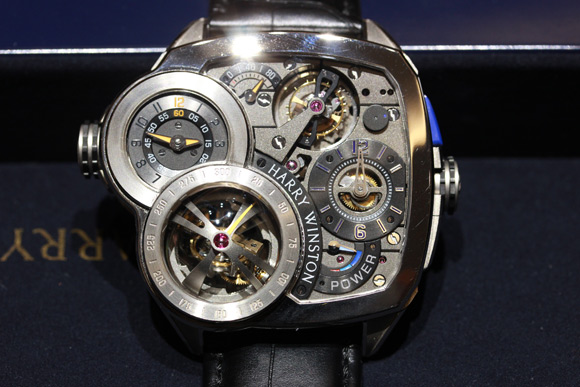
At the other end of the weight spectrum, De Bethune owns and uses the lightest tourbillon on the market, weighing a mere 0.18 grams and beating at the rare frequency of 5 Hz. It is fitted inside a DBS Tourbillon celebrating the 10th anniversary of the eponymous case, which was the first truly exclusive De Bethune design. This light, fast-paced and iconoclastic model is based on an ultra-technical brand-specific approach.

Watchmaking technique does not always relate to the movement and its mechanical properties. It can also lie in the actual production technologies. The Diamond MasterGraff Structural Tourbillon Skeleton by Graff is graced with such a slender, airy structure – composed of bridges ascending and descending inside a large empty space – that gemsetting these parts is a whole separate issue. The metal from which this movement is made was in fact set with baguette-cut diamonds and only subsequently machined to become a watch component. Proceeding in the standard opposite way would have destroyed the metal “girder work”, liable to be crushed by the force required to set the stones. Appearances are decidedly deceptive, since this creation looks so very light and yet its very existence is paradoxically made possible by a force that puts it in jeopardy.
